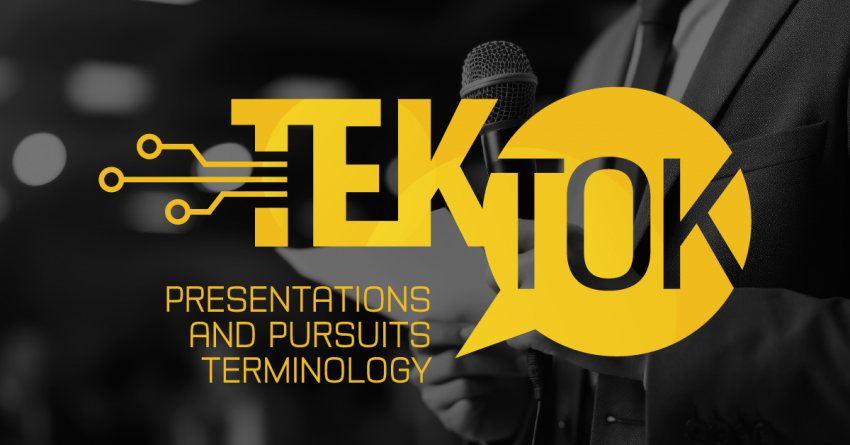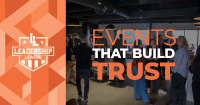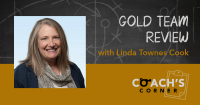TEKTOK for Presentation/Project Pursuit Efforts
Project pursuit interviews and presentations for Architecture, Engineering, and Construction firms often involve specific terminology and tools designed to showcase the firm's capabilities, address client needs, and demonstrate a clear understanding of the project. Here are some common terms and tools used in these settings:
Terminology:
- RFP (Request for Proposal): A document issued by a client seeking bids from qualified contractors to complete a specific project.
- RFQ (Request for Qualifications): A document requesting firms to submit their qualifications to be considered for a project, often used as a pre-qualification step before the RFP.
- SOQ (Statement of Qualifications): A document that outlines a firm's qualifications, experience, and ability to handle a specific project.
- Proposal Deck: A presentation, typically in PowerPoint or similar format, used to convey the firm's approach, team, and value proposition for the project.
- Value Engineering: A process of optimizing the project's value by balancing performance, cost, and quality, often discussed in pursuit interviews.
- Differentiators: Unique aspects or capabilities of the firm that set it apart from competitors, such as specialized expertise or innovative solutions.
- Client Pain Points: Specific challenges or issues the client is facing that the firm can address through their proposal and approach.
- Project Delivery Methods: Different approaches to managing and executing the project, such as Design-Build, CMAR (Construction Manager at Risk), or IPD (Integrated Project Delivery).
Tools:
- PowerPoint/Keynote: Common software for creating and delivering presentation decks.
- BIM (Building Information Modeling): Software like Revit, ArchiCAD, and Navisworks used to create detailed 3D models and simulations of the project.
- 3D Rendering Software: Tools like SketchUp, 3ds Max, and Lumion for creating high-quality visualizations of the project.
- VR/AR Tools: Virtual and augmented reality tools like Oculus Rift, HTC Vive, and ARKit for immersive project walkthroughs.
- Project Management Software: Tools like Procore, PlanGrid, and Microsoft Project for showcasing project timelines, milestones, and management capabilities.
- Cost Estimation Software: Tools like Sage Estimating, Bluebeam Revu, and WinEst for providing detailed cost analysis and budget breakdowns.
-
Collaboration Platforms: Software like Microsoft Teams, Slack, and Asana for facilitating communication and collaboration among project teams.
-
Drone Technology: Used for aerial site surveys and capturing high-quality images and videos of the project site.
-
GIS (Geographic Information Systems): Tools like ArcGIS for mapping and analyzing spatial data related to the project site.
-
CAD (Computer-Aided Design) Software: Tools like AutoCAD and MicroStation for creating detailed technical drawings and plans.
Conducting Project Pursuit Interviews/Presentations:
- Preparation and Rehearsal: Practice the presentation multiple times, focusing on key points and anticipating potential questions.
- Team Introduction: Present the project team, highlighting their relevant experience and roles.
- Understanding Client Needs: Demonstrate a deep understanding of the client's specific needs, challenges, and goals for the project.
- Project Approach: Outline the proposed approach, methodology, and project delivery method, emphasizing how it aligns with the client's objectives.
- Technical Expertise: Highlight the firm's technical capabilities, innovations, and any unique solutions proposed for the project.
- Risk Management: Discuss potential risks and how the firm plans to mitigate them.
- Sustainability and Innovation: Emphasize sustainable design practices, energy efficiency, and innovative construction methods.
- Q&A Session: Engage the client with a Q&A session, demonstrating responsiveness and adaptability.
By leveraging these tools and techniques, AEC firms can effectively communicate their expertise, value, and alignment with the client's needs, increasing their chances of winning the project.






